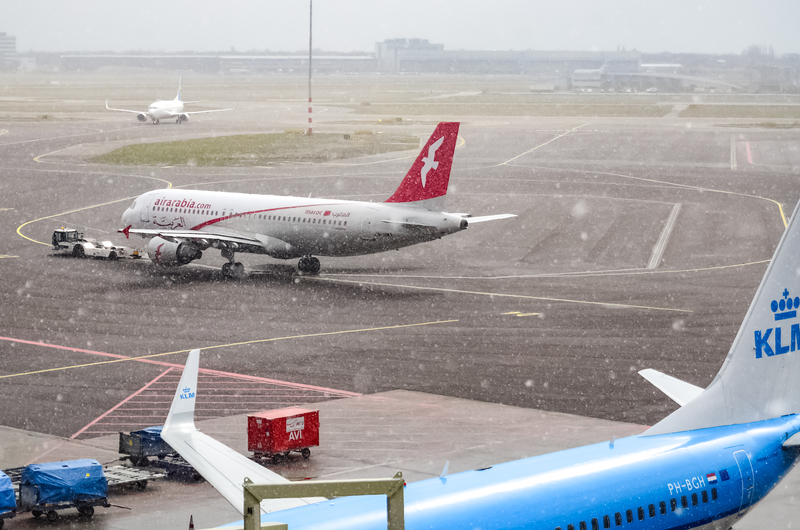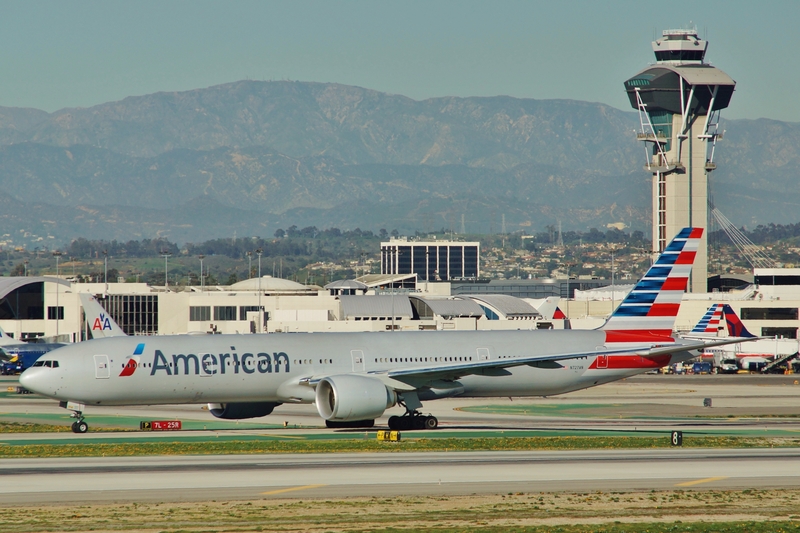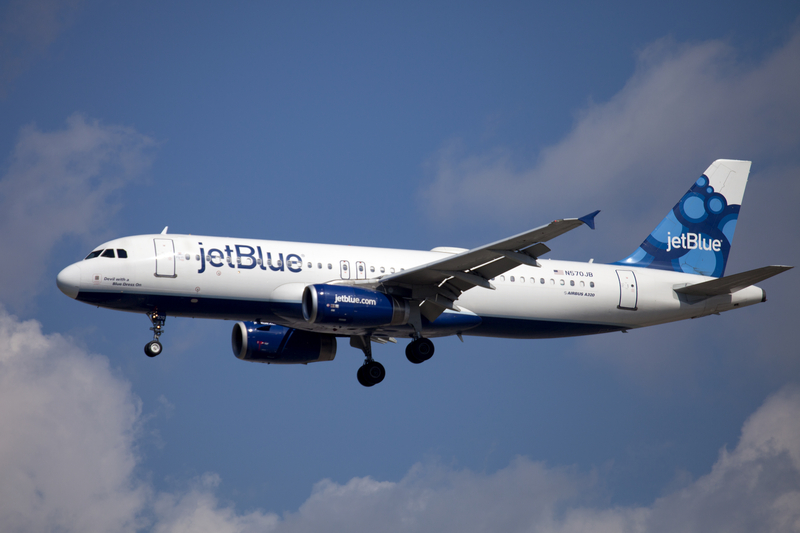Spirit Will Furlough 1,800 Flight Attendants As Bankruptcy Restructuring Deepens
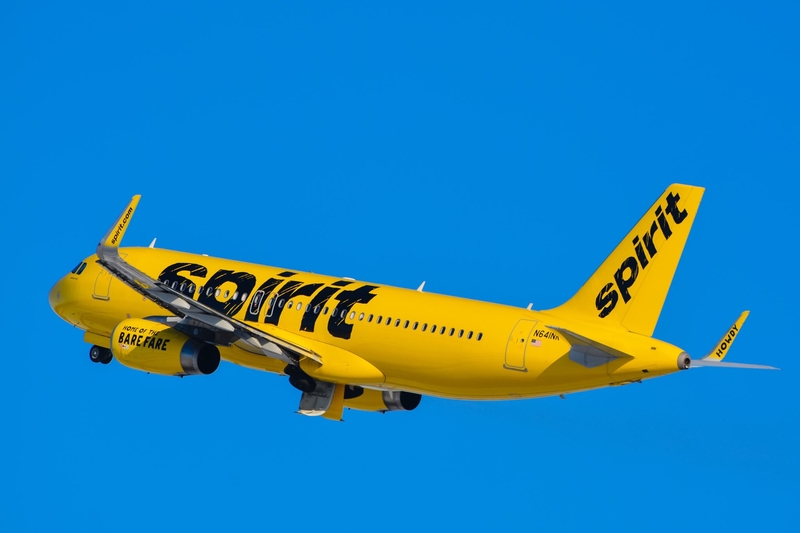
ID 65248876 © Bradley Gross | Dreamstime.com
Spirit Airlines will furlough roughly one-third of its flight attendants — about 1,800 of 5,200 — effective December 1, 2025. The move comes as the ultra-low-cost carrier slashes capacity and restructures under its second Chapter 11 filing this year.
Why it’s happening
Spirit says it’s “aligning staffing with fleet size and expected flight volume” after announcing an approximate 25% capacity reduction for November. In a memo, CEO Dave Davis warned that schedule cuts would “inevitably affect the size of our teams” as the airline attempts to become more efficient.
Pressure on labor costs
The furloughs follow parallel negotiations with pilots: Spirit has told the pilots’ union it needs about $100 million in annual cost savings from pilot labor. The union is surveying members on potential givebacks.
The demand problem
Management continues to cite weaker U.S. domestic leisure demand and a consumer shift toward more premium experiences as core headwinds. In short, Spirit’s historic value proposition (ultra-low fares with heavy à-la-carte fees) is colliding with softer discretionary travel at the budget end and rising expectations among travelers who are still flying.
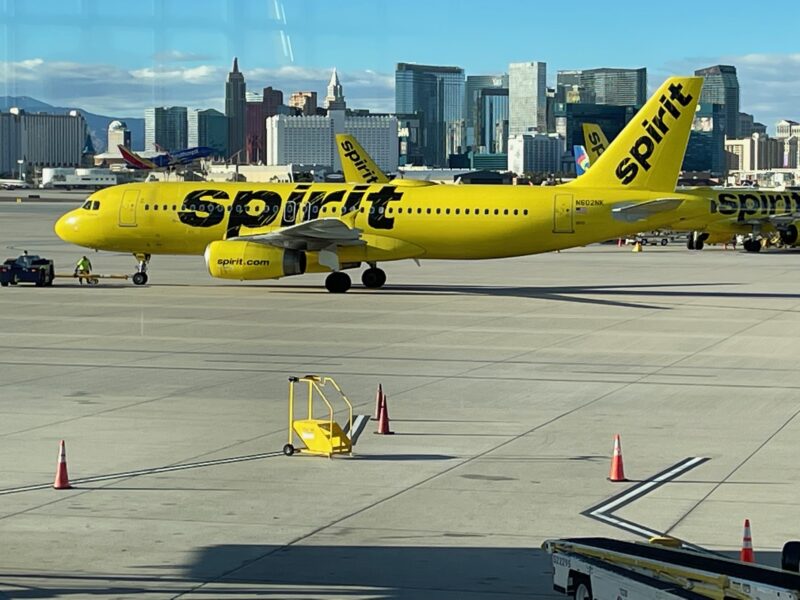
Image Provided by John Cushma
What it means for travelers
-
Fewer flights, thinner schedules: Expect more schedule trims, consolidations, and limited frequencies on marginal routes.
-
Operational risk: With smaller crews and a tighter fleet, irregular operations could be harder to recover from.
-
Fares & competition: Cuts can nudge fares higher in some city pairs if competitors don’t backfill capacity.
What it means for employees
-
Furlough scale: About 1 in 3 flight attendants will be sidelined at the start of the peak holiday period.
-
Uncertainty beyond Dec 1: Future staffing levels will track fleet utilization and any additional schedule changes that come out of the court-supervised process.
The big picture
Spirit’s first 2025 restructuring primarily addressed balance-sheet debt; the airline’s operating losses persisted. This second Chapter 11 round is intended to tackle structural costs (fleet, labor, network). Whether that’s enough to keep Spirit independent remains an open question — consolidation, asset sales, or a deeper network reset are all possible outcomes.
Bottom line
Spirit’s furlough of ~1,800 flight attendants underscores how aggressively the airline now has to cut to match a smaller, slower network. For flyers, expect fewer options; for crews, tough months ahead; and for the industry, more signs that U.S. low-cost carriers are navigating a painful reset.


